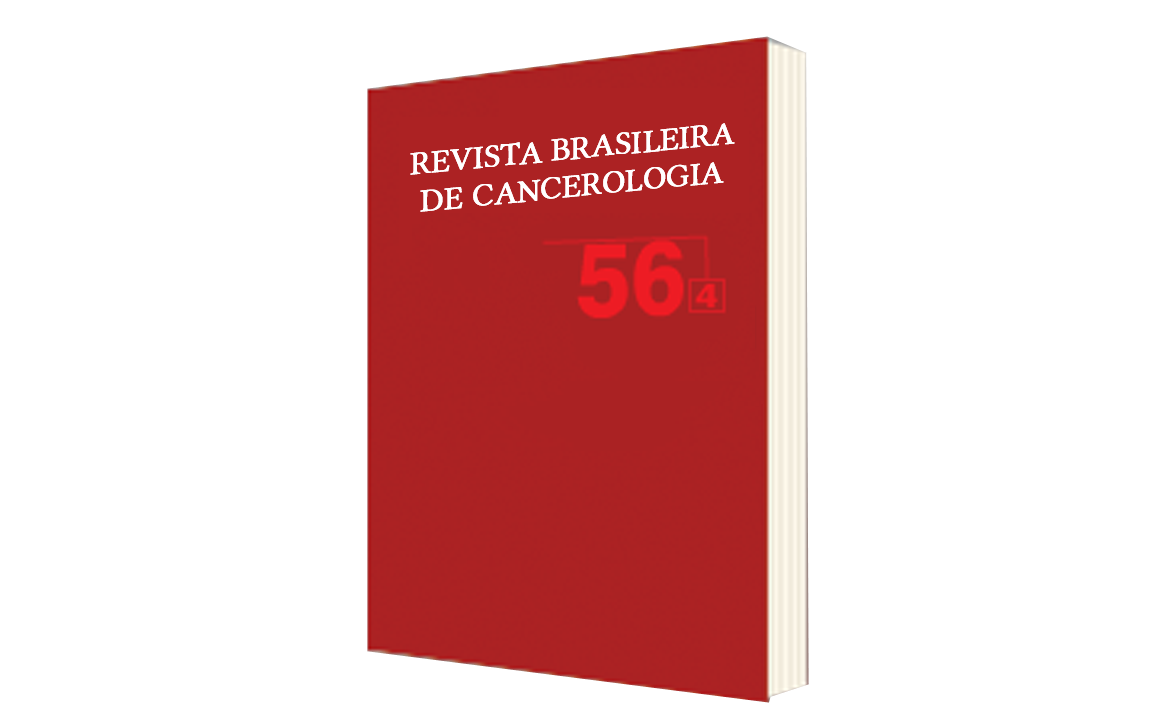Functional Capacity and Quality of Life in Women after Mastectomy
DOI:
https://doi.org/10.32635/2176-9745.RBC.2010v56n4.1463Keywords:
Breast Neoplasms, Mastectomy, Upper Extremity, Activities of Daily Living, Quality of Life, Evaluation StudiesAbstract
The objective of this study was to evaluate the functionality of the upper limb, quality of life and daily life activities of women who have undergone mastectomy. Twenty women, volunteers who had undergone mastectomy were assessed. The evaluation consisted of anamnesis, a functional assessment that included range of motion (goniometry), muscle strength (hand evaluation), and completion of the Study's Short Form-36 and Frenchay Activities Index questionnaires. The study found a significant decrease in muscle strength in the abduction (p=0.01), flexion (p=0.01) and external rotation (p=0.008) movements of the shoulder, as well as in the range of motion of the lateral rotation (p=0.02), abduction (p=0.004) and flexion movements of the shoulder (p=0.02) on the same side as the surgery. The Study's Short Form-36 showed greater impairment in the areas of limitation by physical aspects (52.50), pain (55.45) and vitality (54.75). The Frenchay Activities Index questionnaire values showed a decrease in activities such as preparing food, washing clothes, heavy duty chores, nearby shopping, driving or travelling by bus. Summing up, there was a decrease in the range of motion and muscle strength in the movements of lateral rotation, flexion and abduction of the shoulder, which, associated with complaints of shoulder pain, may have promoted a negative impact on the Quality of Life, though it is not associated with the decrease in heavy duty chores evaluated by the Frenchay Activities Index.









